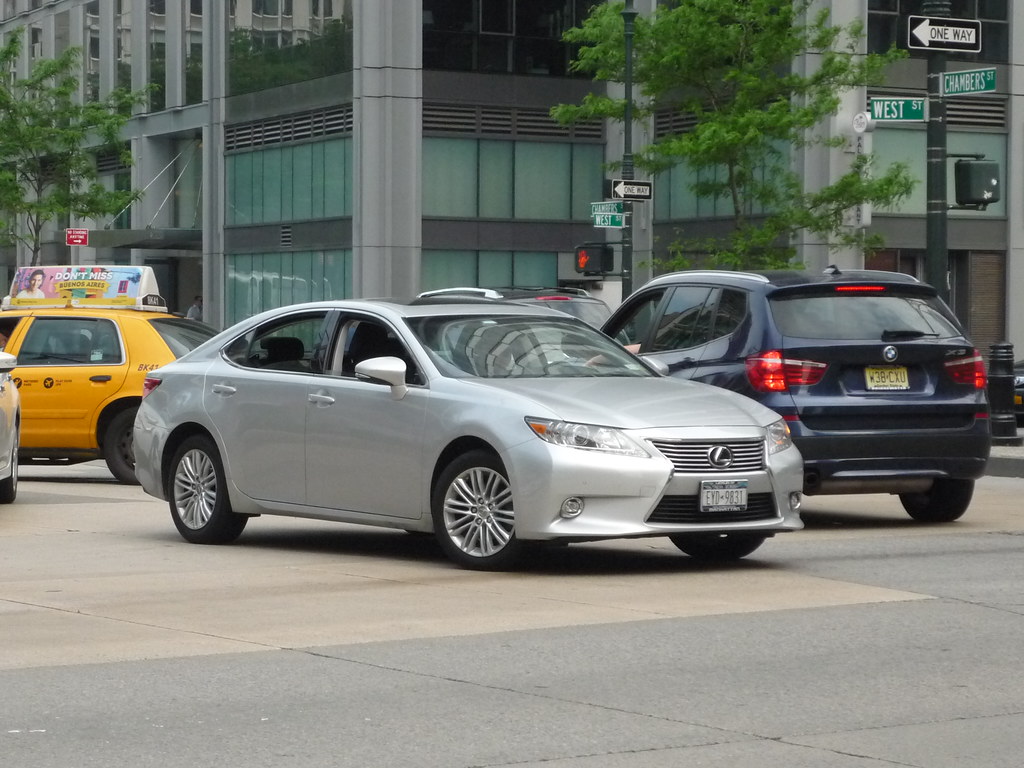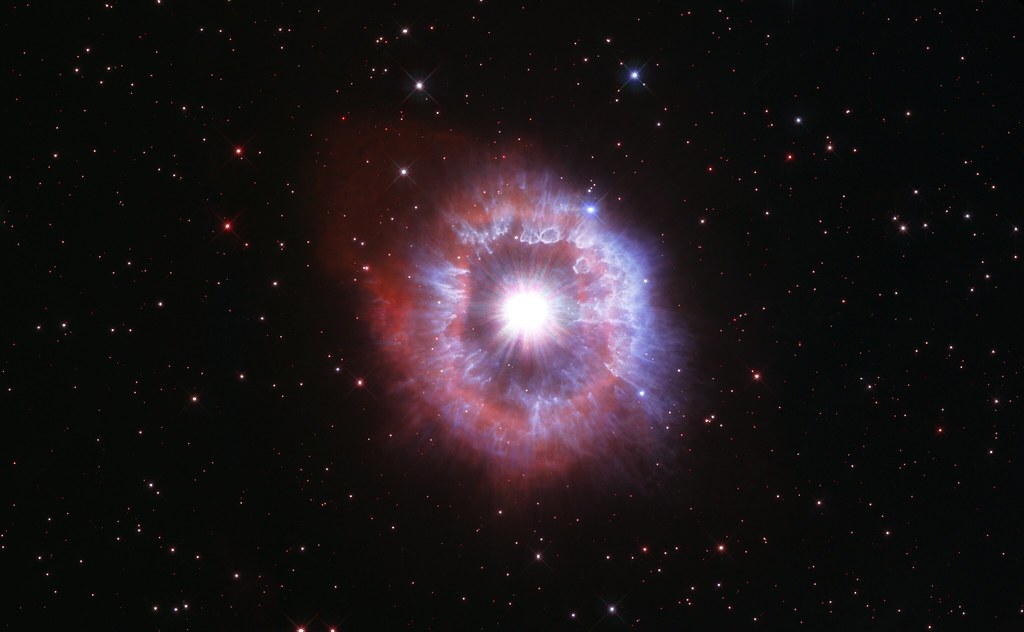
In an era often defined by ostentatious displays of wealth, there exists a compelling counter-narrative: individuals of significant financial means who choose to live lives of surprising modesty. These stories challenge our preconceived notions of success, luxury, and what it truly means to be ‘rich,’ often revealing a deep-seated pragmatism or a profound personal philosophy that prioritizes values far removed from material extravagance.
This phenomenon manifests in various forms, from the reclusive investor whose quiet habits belie a vast fortune, to the high-profile entrepreneur who, despite owning lavish properties, finds contentment and preference in more unconventional abodes. Their choices compel us to look beyond superficial indicators of wealth and delve into the motivations that shape such distinctive financial and lifestyle decisions, offering valuable insights into wealth management, personal fulfillment, and community impact.
We embark on a journey to explore the lives of such unexpected millionaires, beginning with the astonishing story of Geoffrey Holt, a man whose unassuming presence in a small New Hampshire trailer park concealed a multi-million-dollar fortune and an extraordinary act of posthumous philanthropy. His life, characterized by profound frugality and an unexpected legacy, provides a powerful testament to the quiet power of disciplined investment and unwavering civic commitment.
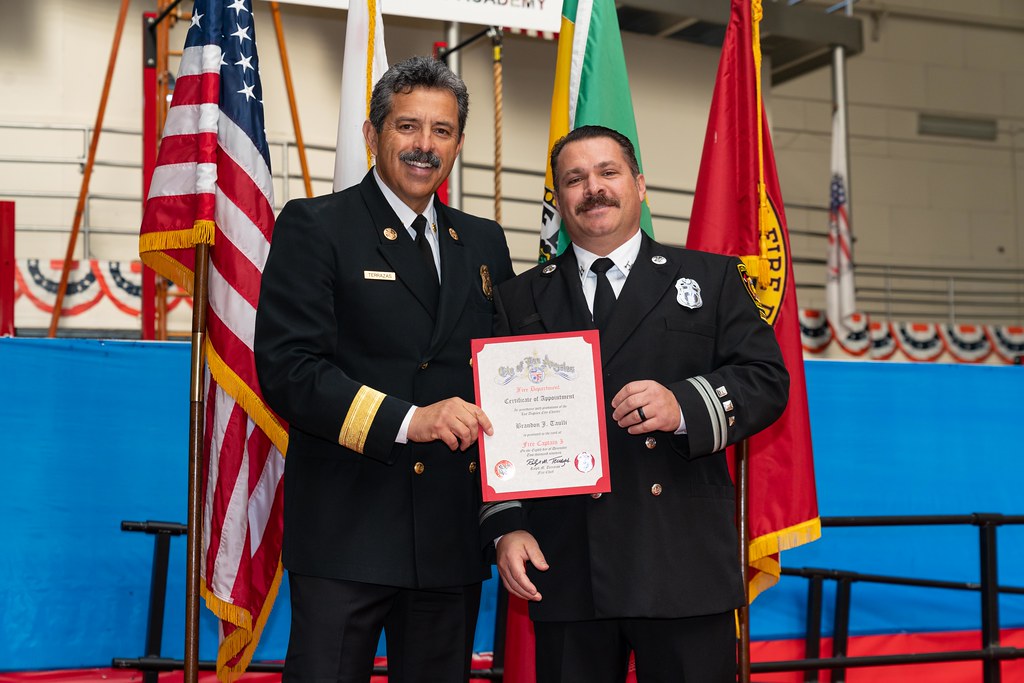
1. Geoffrey Holt’s Enigmatic Existence
Geoffrey Holt was, to all outward appearances, an ordinary man living an exceptionally threadbare existence in Hinsdale, New Hampshire. Residents of the mobile home park where he served as caretaker frequently saw him dressed in simple, worn clothing, often riding his lawnmower. He had long since given up his car, opting for this more humble mode of transportation for his errands, such as visiting the convenience store.
His daily routine often involved parking along the main road, where he would quietly read a newspaper or observe cars passing by. Holt supplemented his income by performing various odd jobs for others and rarely ventured beyond the confines of his small town. He even offered driving lessons to local high schoolers, a detail that further underscored his connection to the community and his unassuming nature.
Inside his mobile home, the signs of his frugal lifestyle were even more pronounced. The dwelling was largely devoid of furniture, lacking even a television or a computer. In a striking illustration of his spartan living, the legs of his bed had reportedly worn through the floor. Edwin “Smokey” Smith, Holt’s best friend and former employer, captured the essence of his friend’s perspective, stating, “He seemed to have what he wanted, but he didn’t want much.”

2. The Secret Accumulation of Wealth
The profound revelation of Geoffrey Holt’s secret came only after his passing earlier this year: he was, in fact, a multimillionaire. This discovery stunned his fellow town residents, none of whom had any inkling of the considerable fortune he had quietly amassed over decades. Holt’s investment strategy was as unassuming as his lifestyle, characterized by diligent study and long-term vision.
Holt had earlier in life worked as a production manager at a grain mill in nearby Brattleboro, Vermont, a position that likely provided the initial capital for his disciplined financial journey. He nurtured a habit of finding a quiet place near a brook to sit and meticulously study financial publications, a practice that informed his shrewd investment decisions. His sister, Alison Holt, remembered their father emphasizing the importance of not wasting money and investing, a principle Geoffrey clearly took to heart.
One of Holt’s earliest significant investments was into a mutual fund focused on communications, a foresightful move made even before mobile phones became ubiquitous. He later confided in his friend Smith that “his investments were doing better than he had ever expected and wasn’t sure what to do with the money.” This quiet success, coupled with his frugal nature, allowed his fortune to grow significantly, far beyond what anyone in his immediate circle could have imagined.
Read more about: Unearthing the Truth: The Compelling Saga of Nicolas Cage’s $276,000 T-Rex Skull and the Philosophical Quest It Ignited
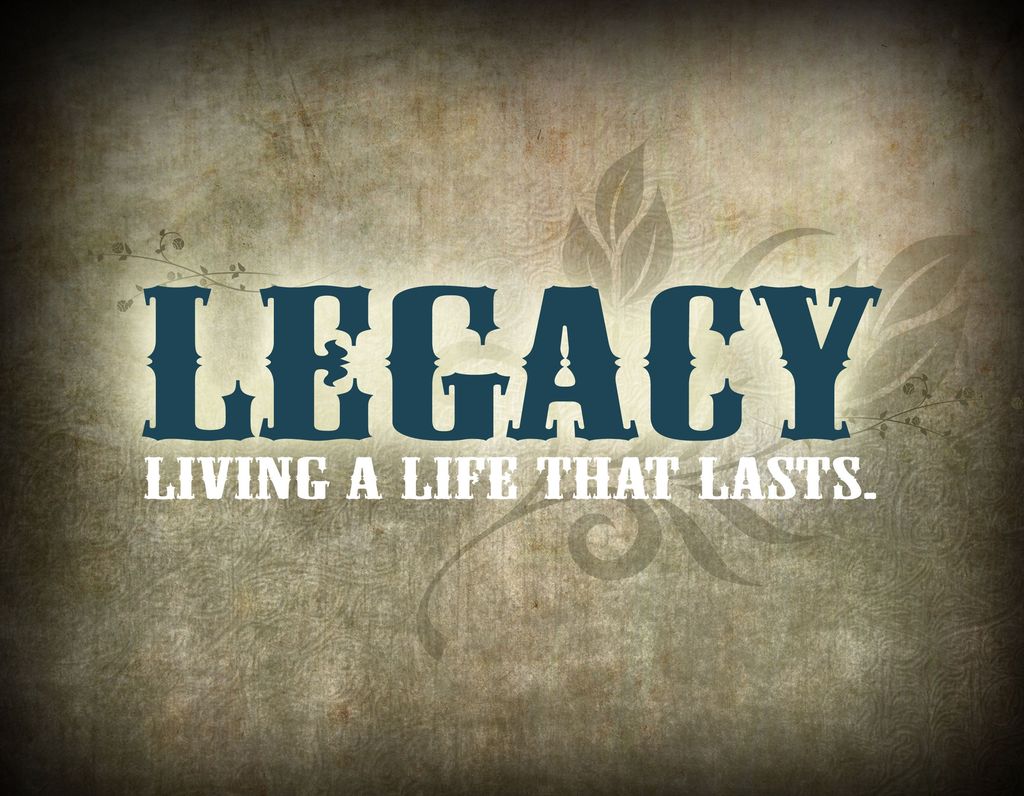
3. A Legacy of Generosity: The Hinsdale Gift
Upon his death at age 82 in June, Geoffrey Holt left behind a legacy that would profoundly impact the small town of Hinsdale. His will contained brief, yet powerful, instructions: $3.8 million (£3 million) was to be bequeathed to the community of 4,200 people. This extraordinary gift was designated to benefit the town in key areas, specifically education, health, recreation, and culture.
Steve Diorio, chairperson of the town select board, articulated the collective shock and gratitude, remarking, “I don’t think anyone had any idea that he was that successful.” He further added, “I know he didn’t have a whole lot of family, but nonetheless, to leave it to the town where he lived… It’s a tremendous gift.” Holt’s best friend, Edwin Smith, who became the executor of his estate, had learned about his fortune in recent years and was the one who suggested Holt remember the town in his plans.
Holt’s decision to donate his entire fortune to Hinsdale was a testament to his quiet commitment to his adopted home. He had approached the New Hampshire Charitable Foundation in 2001, providing instructions for the distribution of his money after his death. This act of foresight, combined with his desire for anonymity, highlighted a genuine philanthropic spirit. Melinda Mosier, an executive with the organization, noted that Holt “just really wanted to give back in a way that was truly about making the community better without any fanfare or recognition on his part.”
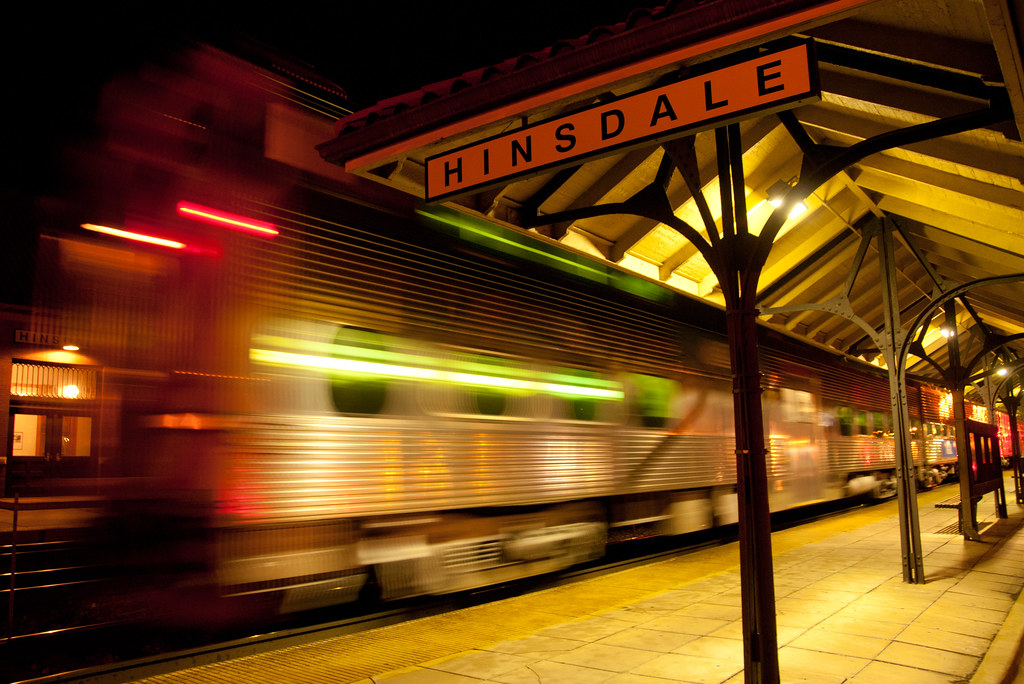
4. Hinsdale’s Future: Utilizing Holt’s Philanthropy
The infusion of $3.8 million into the small town of Hinsdale represents a transformative opportunity, with the fund’s interest alone expected to generate roughly $150,000 annually for community projects. While local officials were only notified of the gift in September, sparking initial discussions, the potential for positive change is immense. The money could go far in this Connecticut River town, which boasts abundant hiking and fishing opportunities and supports small businesses.
Several ideas for utilizing the funds have already begun to circulate among residents and officials. Some have proposed upgrading the town hall clock, a notable landmark. Others suggest restoring historical buildings, preserving the town’s rich heritage. A particularly poignant suggestion is to purchase a new ballot counting machine, honoring Holt’s unwavering commitment to civic duty, as he always made sure he voted.
Given Holt’s past as an instructor, another possibility is setting up an online driver’s education course, expanding access to this vital skill. The plan is for organizations to apply for grants via a trust established through the New Hampshire Charitable Foundation. Town administrator Kathryn Lynch affirmed Hinsdale’s commitment to wise stewardship, stating that the town “will utilize the money left very frugally as Mr. Holt did.” Residents hope the gift will help put Hinsdale, often described as a “forgotten corner in New Hampshire,” more prominently on the map.

5. The Man Behind the Millions: Holt’s Background and Character
Geoffrey Holt’s life story reveals a complex individual shaped by intellectual lineage and personal challenges. He and his sister, Alison Holt, grew up in Springfield, Massachusetts, under the influence of accomplished parents. Their father, Lee Holt, was an English and world literature professor at American International College, while their mother, Margaret Holt, was the daughter of a Shakespearean scholar. Both parents were peace activists, eventually moving to Amherst and participating in a weekly town vigil addressing peace and justice.
Despite this stimulating environment, Geoffrey faced a significant hurdle: he had a learning disability, specifically dyslexia. His sister noted, “He was very smart in certain ways. When it came to writing or spelling, he was a lost cause.” This challenge in an academically inclined family may have fueled his drive in other areas, perhaps as a way to prove his capabilities. Alison mused, “I think that Geoff felt like he was disappointing my dad. But maybe socking away all that money was a way to compete.”
Geoffrey received a solid education, attending boarding schools and later Marlboro College in Vermont, where he graduated in 1963 with a self-designed degree. He served in the U.S. Navy before earning a master’s degree from American International College in 1968, the institution where his father taught. He briefly taught social studies at Thayer High School in Winchester, New Hampshire, before taking on his role at the grain mill, indicating a diverse range of experiences that preceded his decades of quiet wealth accumulation.

6. Holt’s Private Passions: Collections and Solitude
While Geoffrey Holt’s public persona was one of extreme frugality and simplicity, his private world revealed a man of deep intellectual curiosity and specific passions. His best friend, Edwin Smith, knew of Holt’s varied interests, which included an impressive array of collections. His rooms were filled with hundreds of meticulously collected model cars and train sets, which even spilled over to cover his couch and extend into a shed, showcasing a hidden enthusiasm for intricate detail and historical artifacts.
Holt also harbored a profound love for history, evident in his extensive collection of books on topics ranging from Henry Ford to World War II. His appreciation for culture extended to music, as he possessed a significant record collection featuring classical composers such as Handel and Mozart. These collections served as windows into a rich inner life, a stark contrast to the barrenness of his furniture-free mobile home.
His mobile home, despite its physical austerity, held a special significance for him. Smith described it as “his oasis in the world,” a place where he could “remove himself from everyday life, read and enjoy nature, the views, a brook, birds and all else that goes with his private hideaway.” Even his seemingly mundane activity of lawn mowing was, according to his therapist Jim Ferry, a form of “relaxation” and a way for him to “connect with the outdoors,” as well as a “service to people that he cared about, which were the people in the trailer park that I think he really liked because they were not fancy people.”

7. Frugality as a Philosophy: Lessons from Holt’s Upbringing
Geoffrey Holt’s steadfast commitment to frugality was not merely a personal preference but a deeply ingrained philosophy, seemingly borrowed from his strict and economical upbringing. His sister, a retired librarian, recalled that their parents maintained a vegetable garden, kept the thermostat conspicuously low, and even accepted donated clothes from a friend for their children. These habits instilled a powerful lesson in resourcefulness and moderation that profoundly shaped Geoffrey’s approach to life and money.
This ingrained aversion to extravagance meant Holt “didn’t need a lot to be happy.” He was described as a man who “didn’t want to draw attention to himself” and who “might have been afraid of moving.” This sentiment was so strong that he once declined a promotion at the mill because it would have required him to relocate, illustrating his profound comfort with his established, unassuming life.
His sister poignantly remembered him saying, “his main goal in life was to make sure that nobody noticed anything,” adding that he believed, “or you might get into trouble.” While he would often inquire if his sister needed anything, they rarely discussed money. Alison Holt expressed a touch of sadness, reflecting, “I just feel so sad that he didn’t indulge himself just a little bit.” Yet, despite his austere lifestyle, he “never seemed to complain,” indicating a profound contentment with his choices. He was not always on his own; he was briefly married and later lived with a woman in the mobile home park until her death in 2017, but he had no children.
While Geoffrey Holt’s story underscores a profound, almost philosophical, detachment from material extravagance, another fascinating narrative exists at the opposite end of the spectrum of understated wealth: high-profile individuals who *choose* simpler, unconventional living arrangements, not out of necessity, but preference. This brings us to a prominent real estate mogul whose decision to embrace mobile living captivated public attention, revealing a different facet of unexpected wealth and challenging luxury paradigms.
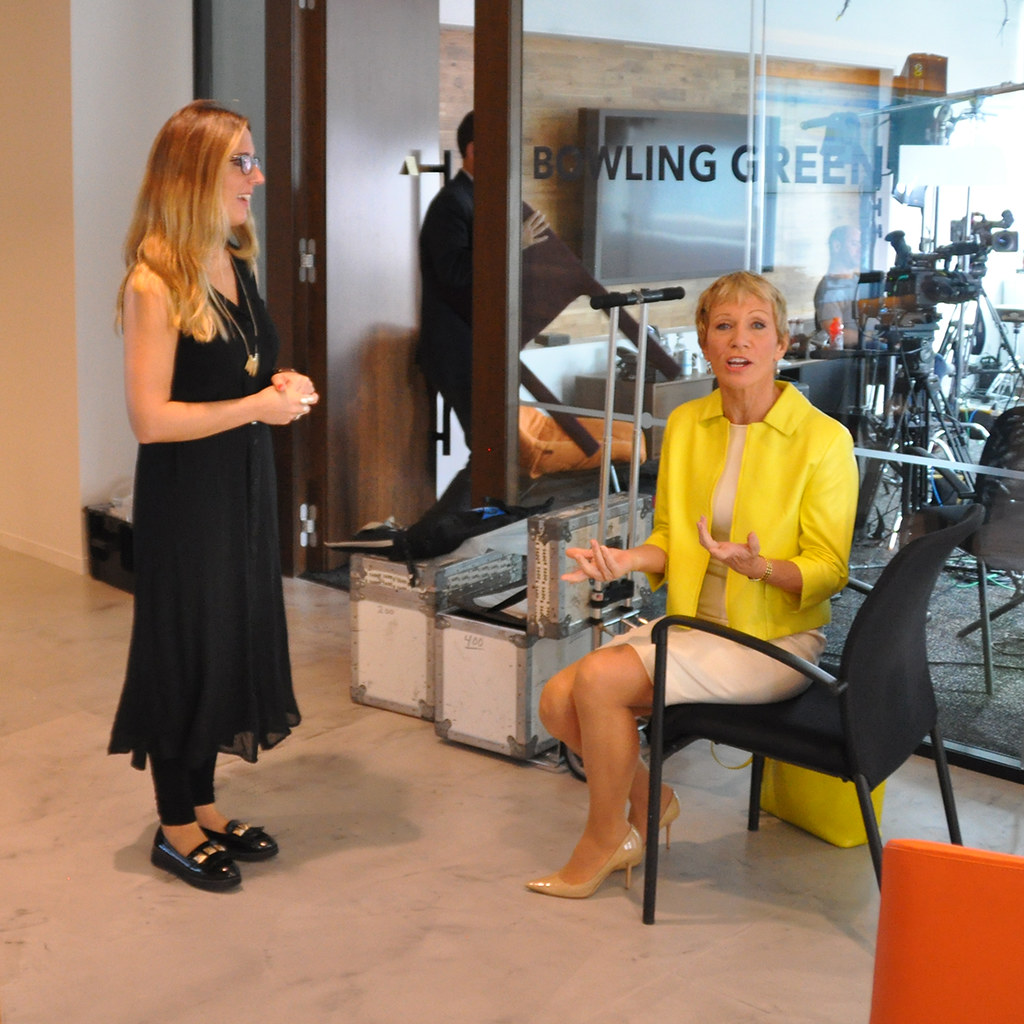
8. Barbara Corcoran’s Unexpected Home Choice
Barbara Corcoran, the formidable 74-year-old ‘Shark Tank’ investor and real estate magnate, is widely known for her $15 million penthouse in New York City, a testament to her extraordinary success in the world of high-stakes property. Yet, in a revelation that surprised many, Corcoran admitted to a profound preference for a completely different kind of abode: a nearly $1 million mobile home located in an exclusive trailer park in Los Angeles. Her remarkable journey from a working-class background in Edgewater, New Jersey, to founding The Corcoran Group, which she famously sold for $66 million in 2001, and subsequently investing in over 80 businesses on ABC’s four-time Emmy award-winning show ‘Shark Tank,’ makes her choice of residence even more compelling and unconventional.
Her choice came into the spotlight when TikTok star Caleb Simpson, known for exploring interesting living spaces, caught up with Corcoran while she was engaging in the decidedly un-glamorous act of taking out her trash. This unexpected setting immediately set a tone of humble relatability, starkly contrasting her public image as a titan of real estate and a connoisseur of luxury, thereby generating significant online buzz with her latest home tour video accumulating over 5.2 million views and inspiring many positive fan comments about her down-to-earth nature.
Simpson, reflecting the public’s perception, asked, ‘Who would have thought Barbara Corcoran would have her own trailer?’ Corcoran, ever direct and with a hint of playful correction, responded, ‘It’s called a double-wide.’ This seemingly small distinction highlights the evolving understanding of mobile homes, particularly in high-value real estate markets, hinting at a shift from traditional ‘trailer’ connotations and inviting a deeper look into the realities of modern luxury mobile living.
Read more about: Mark Cuban’s Ultimate Playbook: 15 Timeless Tips to Fortify Your Retirement Against Financial Disaster

9. Inside Corcoran’s “Taj Mahal”
From its exterior, Corcoran’s property maintains the unassuming appearance typical of a mobile home, featuring cream siding, blue shutters, and modest wood steps leading to the front door. However, stepping inside reveals a meticulously designed and tranquil oasis, utterly transforming any preconceived notions about mobile living. This interior immediately distinguishes itself, showcasing a blend of comfort and style.
Upon opening the Dutch door, Corcoran proudly declared, ‘Here’s my Taj Mahal,’ adding with a touch of humor, ‘Everything’s little.’ This playful remark belies the spaciousness and careful curation within. The home boasts floor-to-ceiling glass doors that invite abundant natural light and a private terrace offering breathtaking views of the ocean, truly elevating the living experience.
The real estate doyenne transparently shared the economics of her unique dwelling. She disclosed that the home itself cost $800,000, with an additional $150,000 invested in renovations and upgrades. This brings the total investment to nearly $1 million, prompting her to state, ‘So you’re in a million-dollar home,’ underscoring the significant value and luxury imbued into her mobile residence.
The interior layout features an open floor plan that seamlessly connects a large living room, a dining area, and a compact yet functional kitchen with extra counter seating. The decor aligns perfectly with a Californian aesthetic, incorporating a cream U-shaped sectional, a brown rattan coffee table, and a round white dining table paired with rattan chairs, creating an inviting and relaxed atmosphere.

10. Personal Touches and Preferences
Corcoran’s mobile home is imbued with thoughtful details that speak to her personal style and practical sensibilities, often incorporating elements from her more traditional, high-end properties. One such detail is in her kitchen, where she pointed out, ‘Does this tile look familiar to you?’ to Simpson. She then revealed, ‘It’s my leftover tile from New York,’ referring to the navy and white tile from her $15 million penthouse.
This exquisite tilework is harmoniously paired with crisp white cabinets, warm natural wood counters, and a charming light blue Smeg refrigerator, which she adores. Opening its door, she gushed, ‘Look how little it is. It only has wine in it,’ a humorous nod to her lifestyle choices. Simpson, clearly impressed, admitted, ‘I think I like this more than the New York City home,’ to which Corcoran enthusiastically agreed, ‘So do I!’
Venturing further into the home, the main bathroom offers practical luxury, equipped with a sink, a toilet, and a generously sized shower featuring glass doors. Corcoran highlighted a specific upgrade, noting, ‘I put a full-force head on that shower,’ emphasizing her attention to comfort and quality in every detail, even in a smaller footprint.
The primary suite, a personal sanctuary, features a paired-down design with white furniture, a tan rug, and pale pink bedding, creating an airy and serene environment. This bedroom benefits from ample sunlight and direct access to the outdoor terrace, seamlessly blending indoor and outdoor living. It also boasts its own bathroom, complete with a large soaking tub, for which Corcoran admitted, ‘I paid more for this than I paid for all my furniture,’ highlighting her willingness to invest in personal comfort.
Beyond the main suite, Corcoran’s home includes a second bedroom with a large bed and two nightstands, along with a unique ‘half bedroom’ where a bed is cozily pushed against the window. ‘I adore this bedroom,’ she confessed, showcasing her appreciation for intimate, well-utilized spaces. The tour concluded on her expansive deck, furnished with an outdoor table and lounge chairs, affirming her self-description as ‘a terrace girl’ who feels she ‘should live outside, really,’ driven by the unparalleled ocean views that initially drew her to this specific location.
Read more about: Fake It Till You Make It: 14 Epic Kit Cars That Deliver Supercar Thrills on a Budget

11. The Allure of Paradise Cove
Barbara Corcoran’s unique dwelling choice brings into sharp focus the phenomenon of Paradise Cove Mobile Home Park, widely acclaimed as America’s most expensive trailer park. This exclusive enclave, home to 256 trailers and manufactured homes, boasts a rich history dating back to the 1950s, when it initially served as a parking spot for commercial fishermen’s campers. Over the decades, its identity quietly transformed, evolving from a functional necessity to a coveted luxury.
The true turning point arrived in the early 2000s, as a growing number of high-profile personalities, including iconic musicians like Stevie Nicks and Hollywood stars such as Minnie Driver and Matthew McConaughey, began acquiring properties within the park. This influx of celebrity interest gradually, yet definitively, propelled Paradise Cove into the upper echelons of California’s real estate market, turning these mobile homes into some of the most sought-after properties.
The compelling attraction of ‘the cove,’ as it is affectionately known by locals, is undeniably rooted in its breathtaking natural setting and unparalleled amenities. Perched majestically on a bluff, it commands panoramic views stretching across the vast Pacific Ocean, offering residents an ever-changing vista of natural beauty. Moreover, the park provides direct, exclusive access to a secluded cove, a hidden gem cherished by local surfers and those seeking a private retreat.
These are precisely the same coveted views for which billionaires are willing to invest hundreds of millions of dollars in the surrounding areas. To illustrate the staggering scale of wealth in the vicinity, movie producer and Hamm’s Beer heir Edward H. Hamm Jr. purchased a mansion for an astounding $91 million, while media mogul Byron Allen followed suit with a $100 million acquisition. Venture capitalist Marc Andreessen and his wife, Laura Arrillaga-Andreessen, further set a new benchmark with an unprecedented $177 million purchase. Even Barbra Streisand’s colossal estate is strategically positioned along this very stretch of bluff, highlighting the extraordinary value placed on this prime coastal location and the unexpected appeal of Paradise Cove amidst such opulence.
Read more about: A Glimpse Into Greatness: The Architectural Legacy of Beyoncé and Jay-Z’s Multi-Million Dollar Estates, Including Malibu’s $50 Million Masterpiece

12. Luxury Redefined in Mobile Homes
Today, Paradise Cove presents a striking visual tapestry, a unique architectural mélange that defies easy categorization and stimulates curiosity about evolving luxury trends. Within its boundaries, one can observe decades-old trailers, some resembling ‘banged-up tin cans’ that have weathered the California sun for close to half a century, nestled alongside structures that utterly reimagine the traditional concept of a mobile home. This compelling juxtaposition speaks volumes about the park’s evolution and its diverse appeal, illustrating how even the most unassuming housing forms can become canvases for opulent personal expression and a redefined sense of coastal living.
These modern, multimillion-dollar beauties within Paradise Cove are far removed from their humble predecessors. They boast expansive gazebos, offering luxurious outdoor living spaces, and showcase chic, designer finishes that rival those found in bespoke traditional homes. The commitment to high-end aesthetics is further exemplified by exteriors designed by prominent architectural firms, such as Marmol Radziner, celebrated for their expertise in revamping architecturally significant residences across Los Angeles.
Moreover, the pursuit of sophisticated interiors is evident throughout the park. The wealthiest buyers have not hesitated to engage high-end interior designers, or to leverage the design services of trendy, celebrity-favored firms like One Kings Lane, ensuring that the living spaces are as polished and personalized as any luxury mansion. These residences serve as much more than simple mobile homes; they function as exquisite, beachfront refuges for celebrities and other affluent individuals, providing an escape from their sprawling inland estates and a more relaxed, yet undeniably upscale, lifestyle.
Read more about: Phil Mickelson’s Garage Unveiled: The Golf Legend’s High-Performance Rides and Extravagant Lifestyle

13. The Economics of Elite Trailer Parks
The burgeoning demand from such discerning buyers, coupled with critically low inventory, has dramatically escalated prices within Paradise Cove. Local real estate agents confirm that the pandemic-induced desire for homes by the ocean further intensified this market dynamic, pushing values to unprecedented levels for what are, structurally, mobile or manufactured homes. This phenomenon underscores how desirability for prime locations and unique lifestyle offerings can transcend conventional property classifications, creating an entirely new tier of luxury within an unexpected segment.
Over the past three years alone, approximately 30 trailers have changed hands, with sales figures reaching as high as around $5 million, according to data from listings website Zillow. It is important to note, however, that this figure likely understates the true market value, as a significant number of transactions are reported to occur off-market, with real-estate agents indicating deals reaching up to $7 million.
These astounding prices highlight a distinct market segment that operates uniquely within the broader luxury real estate landscape, driven by location, exclusivity, and a certain cachet. Agents often point to the $5.3 million sale in 2016 of a mobile home previously owned by Ms. Stevie Nicks as the likely reigning record holder, underscoring the star power that further elevates property values. However, whispers of even higher off-market deals, potentially reaching up to $7 million, circulate within the exclusive community, further cementing Paradise Cove’s reputation as a truly unique luxury market and an investment opportunity unlike any other.

14. Echoes of Frugality: The Ronald Read Parallel
While Barbara Corcoran’s story represents a deliberate choice for unconventional luxury, and Geoffrey Holt’s a life of profound, almost accidental, self-made wealth hidden beneath modesty, other narratives highlight the broader phenomenon of ‘secret millionaires’ who defy societal expectations. One such compelling parallel to Holt’s story is found just seven miles away from Hinsdale, across the state border in Brattleboro, Vermont.
There, in 2014, Ronald Read, a humble janitor and gas station attendant, passed away at the age of 92, leaving behind an astonishing $8 million fortune. Much like Holt, Read had quietly amassed his wealth through a disciplined combination of shrewd investing and an exceptionally frugal lifestyle, a financial reality unknown even to his closest friends during his lifetime. This remarkable congruence underscores a pattern of silent wealth accumulation, often fueled by consistency and long-term vision.
Read’s investment philosophy was rooted in consistency and prudence. He typically invested in blue-chip stocks that provided steady dividends. He then meticulously reinvested those dividends into more stocks, allowing his portfolio to compound significantly over decades, a strategy that mirrored the patient, long-term approach that also characterized Geoffrey Holt’s success. His disciplined approach ultimately yielded a fortune far beyond what his unassuming professions suggested, illustrating the quiet power of compounding.
Upon his death, Read bequeathed a remarkable $6 million of his $8 million fortune to Brattleboro’s local hospital and library, an act of philanthropy that resonated deeply with the community. While asked if Read’s story inspired Holt, his friend Smith didn’t believe so, as Holt never mentioned it. However, given that Read’s story was widely reported in newspapers that Holt regularly consumed, it is plausible that he was at least aware of this extraordinary act of generosity. Read’s donation to Brattleboro Memorial Hospital held a personal significance, as he was a loyal patron of the hospital’s cafe, where he always ordered ‘a cup of coffee and an English muffin with peanut butter,’ consistently occupying ‘the exact same stool at the counter,’ humanizing his quiet generosity.
These stories—of Geoffrey Holt, Barbara Corcoran, and Ronald Read—collectively paint a vivid picture of the diverse paths to and manifestations of wealth that often exist beyond public perception. They compel us to reconsider what success truly looks like, where true value lies, and the profound, often unexpected, ways individuals choose to live and leave their legacies. Whether through conscious choice or a lifelong dedication to modesty, these unexpected millionaires remind us that wealth, in its truest sense, is often defined not by accumulation, but by conviction, purpose, and impact.

